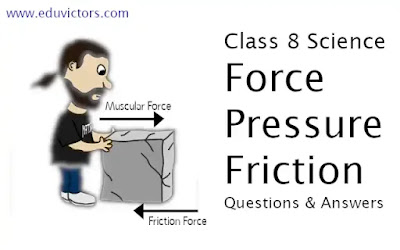Chapter 2: ACCOUNTING FOR PARTNERSHIP FIRMS FUNDAMENTALS
(Questions and Answers)
Q1: Define Partnership.
Answer: Section 4 of the Indian Partnership Act 1932 defines partnership as follows:
Partnership is the relations between two or more persons who have agreed to share the profits of a business carried on by all or any one of them acting for all.
In most respects a partnership is like a proprietorship except that more than one owner is involved. Like a proprietorship, for accounting purposes the partnership transactions must be kept separate from the personal activities of the partners. Partnerships are often used to organize retail and service-type businesses, including professional practices (lawyers, doctors, architects, and certified public accountants).
Q2: What are the essential features of Partnership?
Answer: Essential features of partnership are:
1. Two or More Persons
2. Agreement
3. Lawful Business
4. Mutual Agency
5. Sharing of Profit
6. Relationship of Mutual agency among the partners
Essential feature in details are:









